How We Know PetPlate is the Best Tasting Dog Food
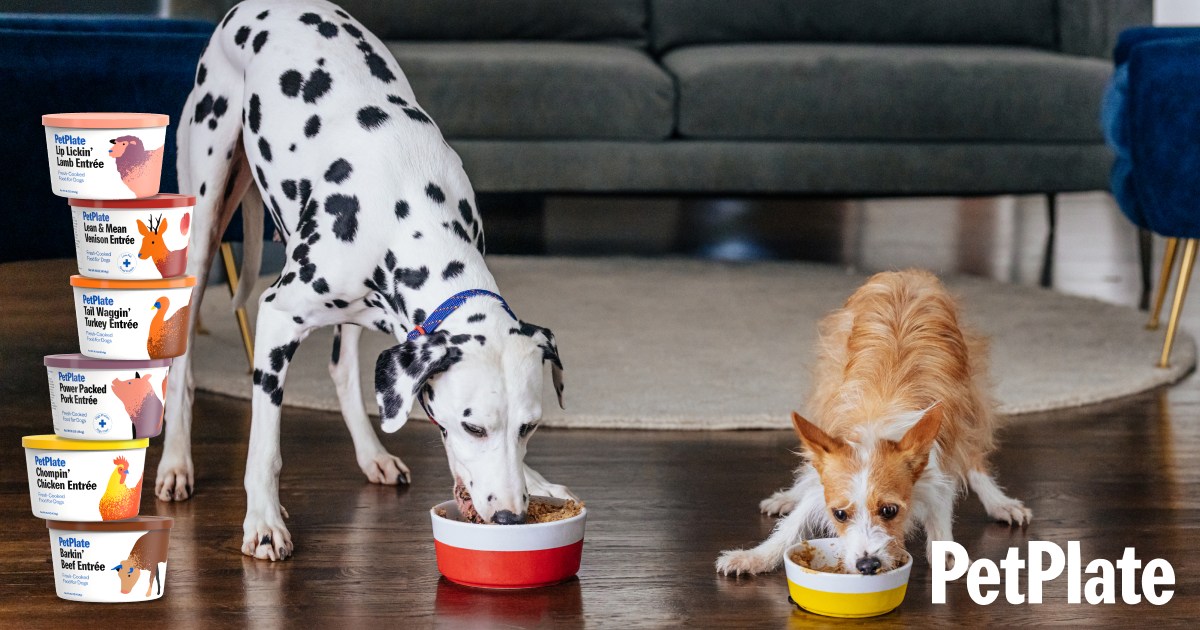
We taste it! But it isn’t our opinion that counts—it’s our dogs’.
Our canine connoisseurs are overseen by a top professional research firm, and give their opinions along the way as we formulate our flavors. Of course, our veterinary nutritionist ensures that the optimum balance of nutrients to help your pup thrive is included in the recipe. But we also want every flavor to inspire a tippy-tapping dinner dance to make sure your dog enjoys each delicious morsel—and the complete benefits of the healthy ingredients. (Also, we really love to watch the tippy-tapping dinner dance).
What’s in commercial dog food? [and why shouldn’t people eat it?]
Other companies may include low quality and even harmful ingredients in their dog food. This includes, literally, diseased and rejected byproducts deemed unfit for human consumption. And, those ingredients undergo processes that not only zap out the nutritional benefits, but also produce harmful byproducts.
In fact, it was a disturbing visit to a massive commercial kibble factory during his work as a business consultant that inspired PetPlate founder Renaldo Webb to go home and start making meals for his terrier, Winston, using ingredients from his kitchen. When he saw how quickly those meals made a difference in Winston’s health and happiness, he knew he was onto something.
Human-Grade Ingredients
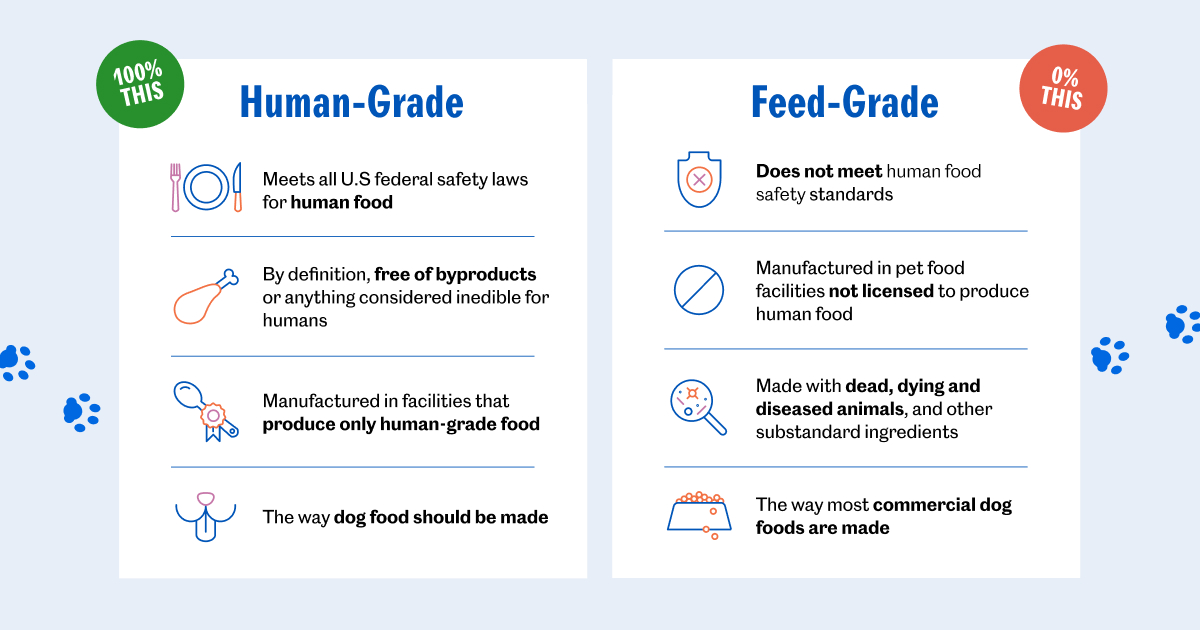
“Human-grade” dog food refers to a product that is made to the same standards as human food. It must meet federal manufacturing and packaging regulations for human food, and sets standards for quality and safety. You can find the official language here.
PetPlate sources premium 100% human-grade ingredients you would be happy to serve your other (less furry) family members like beef, apples and salmon oil. Every single ingredient in the meal is human-grade. Other commercial dog foods include things like propylene glycol, meat meal, food dyes, and MSG. PetPlate’s clean labels only include real, high-quality food. You’ll never find artificial preservatives, flavors or fillers.
Safe, Clean Facilities
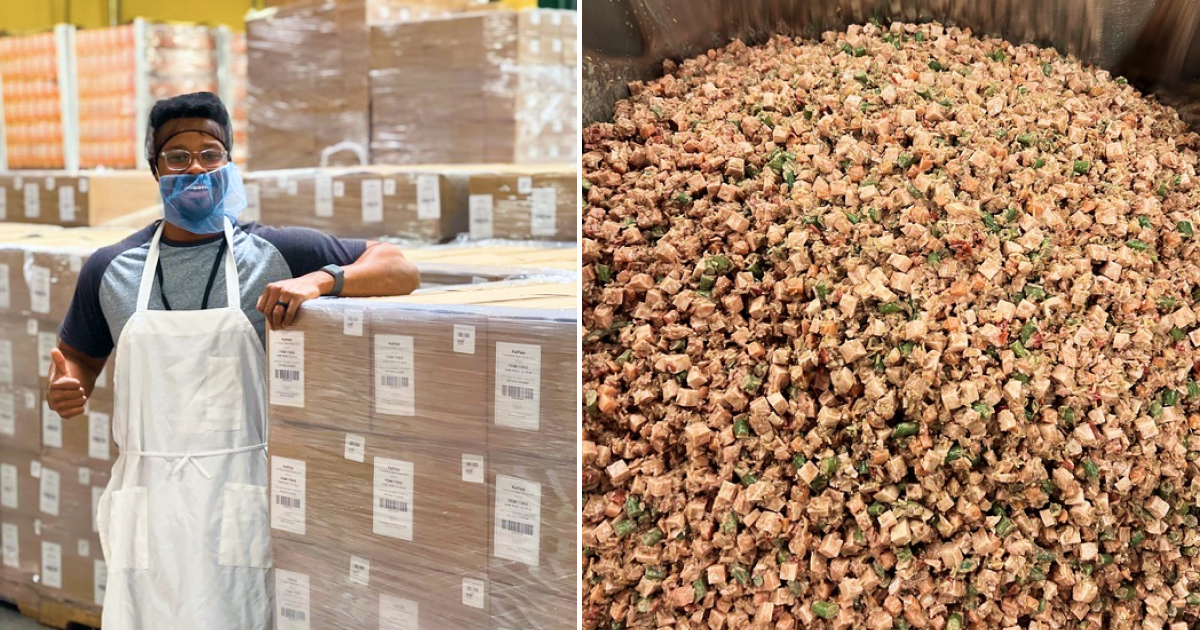
Conditions at facilities where dog food is manufactured can make as much of an impact on the safety of the food as the ingredients fed into the processing machines. Some commercial dog food factories are notoriously far from sanitary. The Centers for Disease Control released a report on health risks to employees at one American pet food plant after employees complained of “concerns about vomiting, seizures, and breathing difficulties, as well as problems with their kidneys and livers, possibly related to substances used in the manufacture of pet food and dog biscuits and/or possible phosphine exposure…” It makes you wonder, if the manufacturing of this type of commercial pet food is dangerous to employees, what does eating the pet food do to our pets?
On the other side of the coin, the AAFCO’s guidelines for pet food labels describe how all pet food products labeled “human-grade,” should be manufactured in accordance with the applicable human food regulations that keep ready-to-eat human food safe. Those regulations span everything from ingredient supply, storage and handling and pet food production to packaging, labeling and transportation.
PetPlate meals are prepared and gently cooked in USDA-approved kitchens, just like people foods you’d find in places like Whole Foods. Then, every meal is hot-filled to ensure safety and flash-frozen to lock in freshness and nutrients. Packed in dry ice and compostable insulation, the meals ship to your door in boxes similar to the ones used by human meal delivery companies like Blue Apron and Hello Fresh. But unlike those services, our meals are ready for eating—no chopping, measuring or heating required.
PetPlate’s Dog Food Taste Testing: How We Do It
Tons of research, thought and inspiration go into each PetPlate recipe—and that’s before we send samples to our official panels of taste testers!
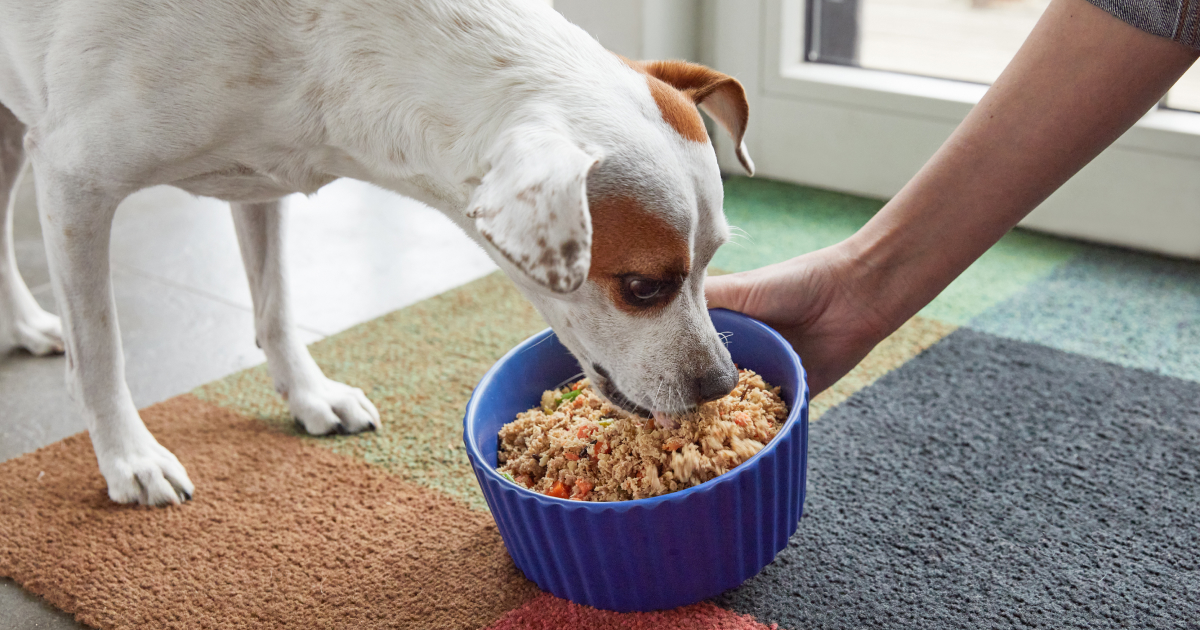
Chef-Inspired Dog Food Recipes
The first spark of recipe inspiration comes from our sales and marketing team, whose members let us know what pet parents are asking for. Then the chefs on the product development team begin to put together new recipe possibilities, according to Kristin Jensen, Research & Development Manager. “We work with our veterinary nutritionist Dr. Streeter to make sure our formulas are designed to help our dogs thrive, and are optimized from a nutrition standpoint to support a large cross section of dogs,” she said.
There’s tons of testing along the way. “Throughout the process, our recipes are tested to ensure they are nutritionally balanced, they are tested for pathogens to ensure they are safe, and they go through palatability, digestibility and shelf-life studies,” continues Jensen. “It takes quite a while from start to finish, sometimes as long as two years for new concepts. We are constantly tweaking the formulas during this process as we test the product to adjust various levels of nutrients or try new flavor combinations to best support our cooking process.”
What Flavors Do Dogs Like?

Dogs are omnivores, meaning they eat plants and animals—and goose poop and the remote control. While not always the most discerning (in our eyes, anyway), dogs absolutely do have flavor preferences. While they don’t have as many taste buds as we do—1,700 compared to our 9,000—they do have way more than cats, with around 470. Dogs can taste salty, bitter, sour and sweet. They also have special taste buds at the tips of their tongues tuned to tasting water. Pups aren’t as crazy about salty flavors as we are. Scientists think this is probably because in the wild, their diet consists of about 80% meat, which naturally contains salt so canines did not evolve to seek that nutrient out.
While every dog’s an individual with their own unique flavor favorites, research has revealed general canine flavor preferences.
Which flavors don’t they like? Bitter ones. That’s why many sprays designed to keep dogs from chewing on things they shouldn’t have in their mouths feature flavors like bitter apple.
While dogs may not have as many taste buds as we do, their sense of smell is exquisite—and allows them to experience flavor through smell before a morsel even hits their tongue. Their sniffers are 100,000 times more powerful than ours. Dogs have 60 times more smell receptors than people and 40 times the brainpower dedicated to smell, allowing them to differentiate 30,000 to 100,000 aromas. This mean taste—and aroma—count big time!
Who Tastes the Dog Food?
PetPlate founder, Renaldo Webb, talks about our testing process
PetPlate works with a leading pet food research firm that conducts taste studies with dogs to hone in on the most deliciously irresistible flavors. The dogs used in the study are “specifically selected to have excellent taste discrimination,” says Jensen. They are not required to wear white lab coats, though some are definitely Labs. And they include a diverse range of breeds, sizes, sexes and ages.
Pet parents conduct the testing at home. They present their dog with small, two-ounce samples, side by side, to see which food they eat first. This test protocol is patterned after paired sensory tests designed by the International Organization for Standardization (ISO), a worldwide federation of national standards organizations. Pet parents conduct the pet food tests four times, randomly switching which food is on which side, to show results are repeatable and not just a fluke. Then, the researchers crunch the numbers and generate a report translating all that gobbling into preferences PetPlate meal developers can use to finesse recipes.
Additionally, samples are sent out to a flavor company where highly trained flavor technologists analyze each to see where we can improve on flavor and aroma from a canine perspective.
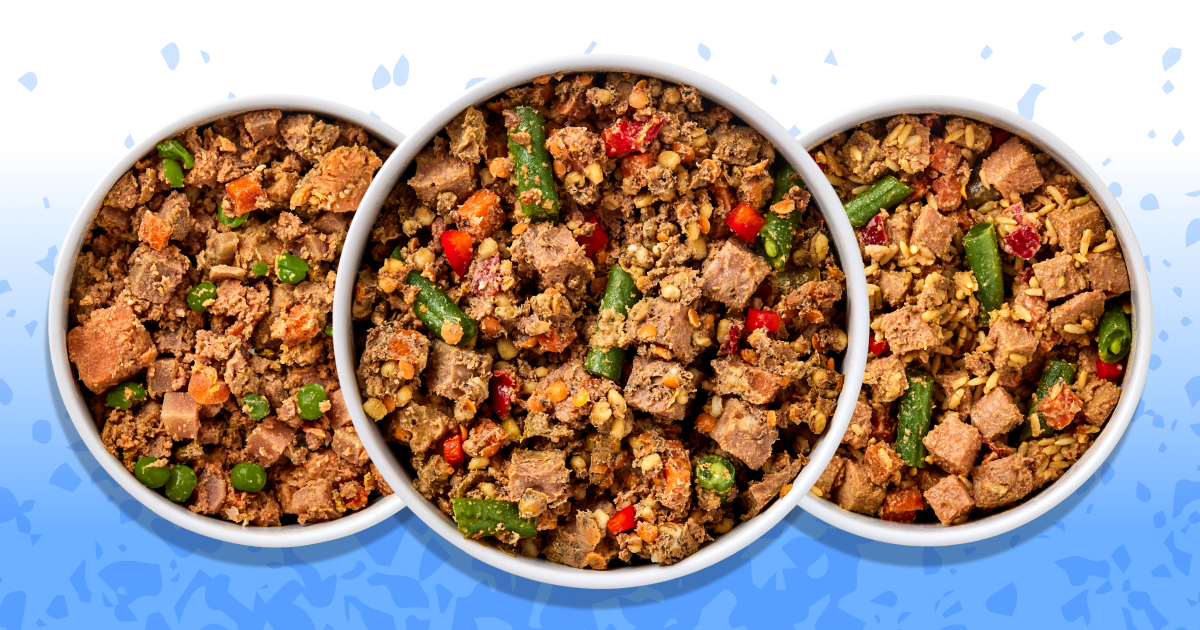
Lucky PetPlate office dogs also help with informal taste tests. That said, Jensen’s own dogs, Ellie, a 13-year-old retriever mix, and Ollie, an 8-year-old cattle dog mix are “Absolutely terrible taste testers. They will eat anything! They are very undiscriminating dogs.” Of course, PetPlate founder Renaldo Webb’s dog Cooper, also weighs in on product development.
Jensen also tastes the food herself (her favorite is the chicken recipe). “They all could be mistaken for a home-cooked meal, with less salt, of course!”
All this research resulted in six, nutrient-packed flavors dogs adore: Barkin’ Beef, Chompin’ Chicken, Tail Waggin’ Turkey, Lip Lickin’ Lamb, Power Packed Pork and Lean & Mean Venison. Each is cooked at a low temperature for a long time to maximize flavors dogs crave. “We prepare all of them using a proprietary technique that allows our entrees to look, taste, and smell, like they just came off the stovetop,” says Jensen.
“Through tasting, testing, tweaking and testing again, we refined that technique over the past year to create new, improved versions of all of our recipes. Tests show that pups (and their people) prefer our new recipes 2:1 in terms of aroma, taste and texture!”
Barkin’ Beef
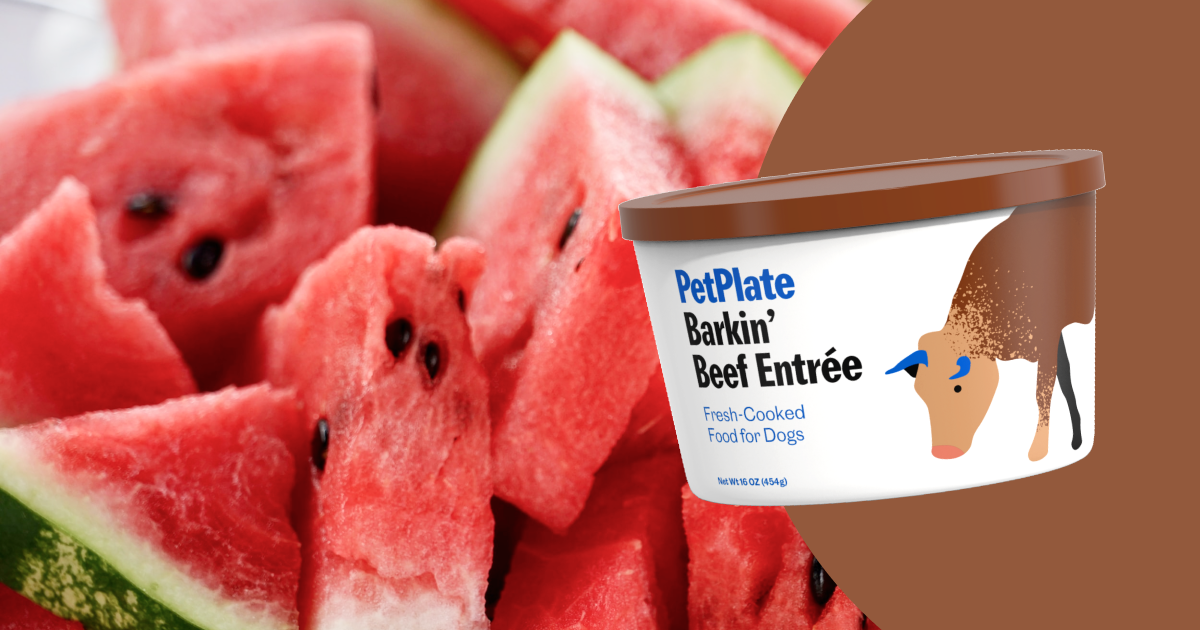
Your pup won’t bother begging for your burger when this hits their bowl. Premium, high protein beef is gently cooked with vitamin-rich veggies and fruit, which is why it’s one of our most popular entrées. Ya herd?
- Great for Active Dogs
- Essential Vitamins and Minerals
- Popular with Picky Eaters
- Grain-Free
Chompin’ Chicken
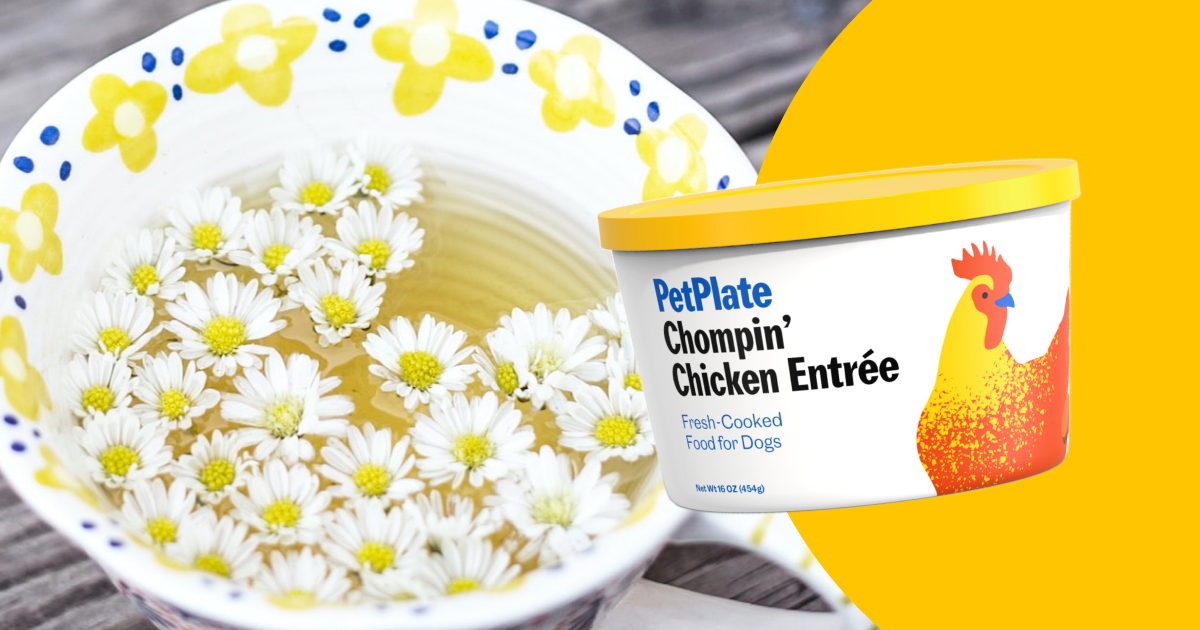
A safe bet for picky eaters that’s anything but basic. Think the easy appeal of nuggets coupled with the integrity of a Sunday chicken dinner, that’s high in lean protein, rich in vitamins, and personally plated into a cup for your pup.
- Made with Lean Meat
- High Protein for Active Dogs
- Rich in Essential Fatty Acids
- Grain-Free
Tail Waggin’ Turkey
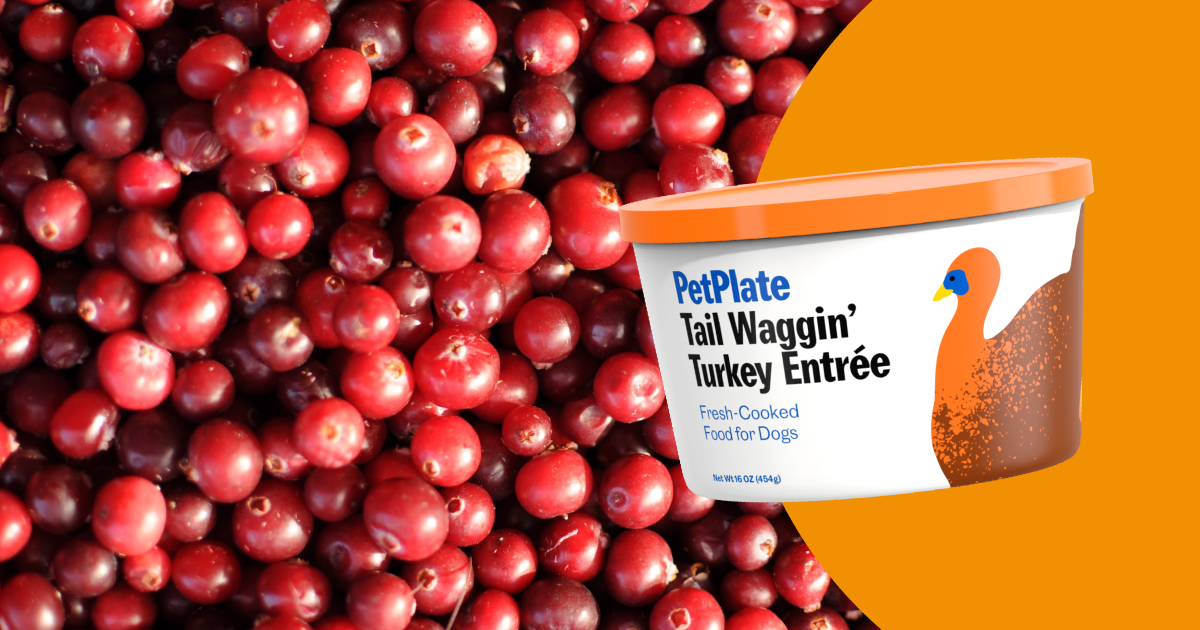
It’s lean. It’s digestible. It plays well with others. Turkey is primed to move beyond holiday indulgence to premier everyday poultry. And it’s not afraid to let side dishes steal the show. Wholesome brown rice and vitamin-rich apples n’ carrots, hello.
- Made with Lean Meat
- Rich in Fiber and Vitamins
- Popular with Senior Dogs
- Grain-Inclusive
Lip Lickin’ Lamb
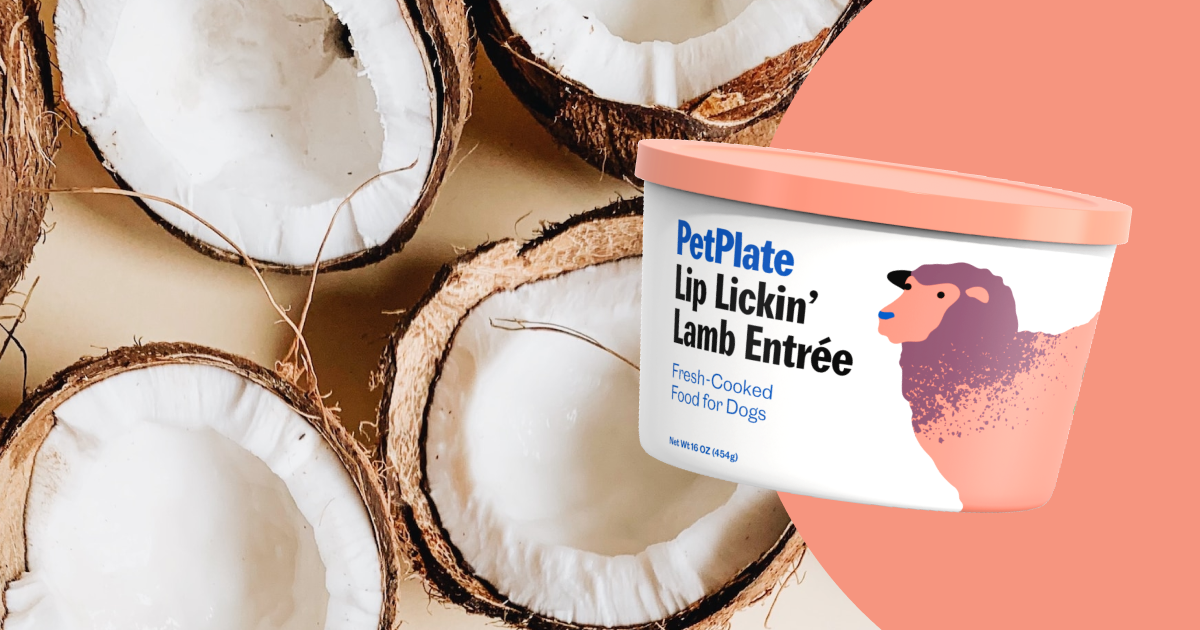
This tummy-friendly entrée features a novel protein that’s ideal for food sensitivities. It’s gently cooked with nutrient-rich broccoli and quinoa, and comes positively packed with essential fatty acids. Ewe dig?
- Novel Protein for Food Sensitivities
- Rich in Essential Fatty Acids
- High in Fiber + Vitamins
- Grain-Inclusive
Power Packed Pork
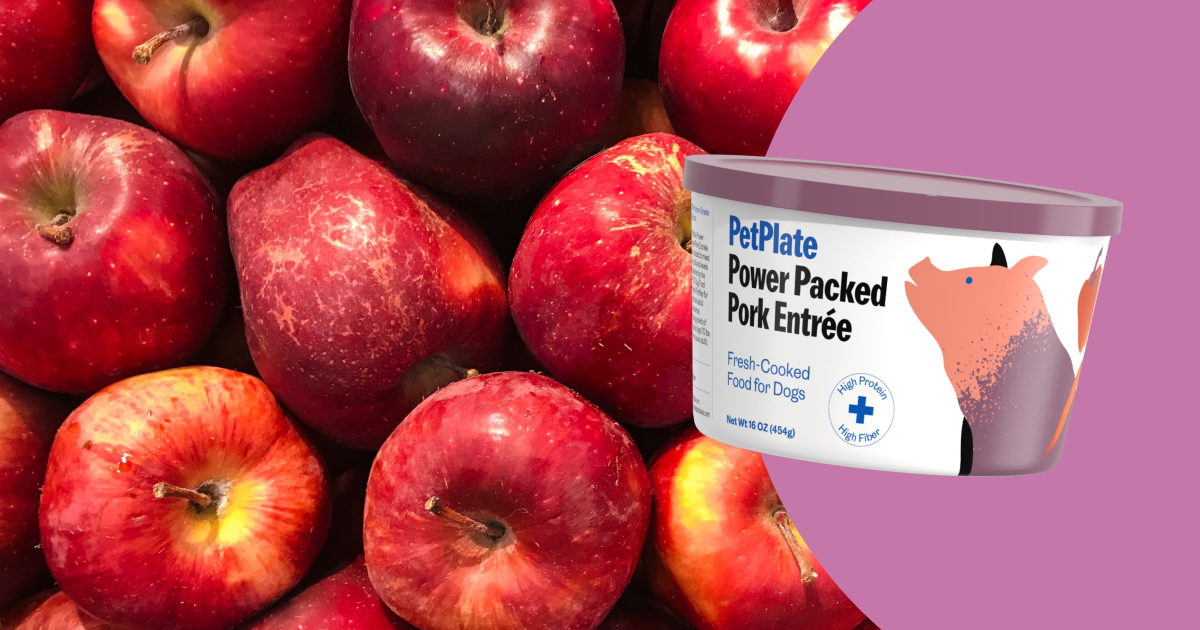
Be proactive about your pup’s health with pork. This gently cooked entrée was designed with your dog’s skin and coat in mind, and features a naturally supportive trio of salmon oil, safflower oil and flaxseed. We’ve got the power!
- Made with Lean Meat
- Supports Skin + Coat Health
- High in Fiber
- Grain-Inclusive
Lean & Mean Venison
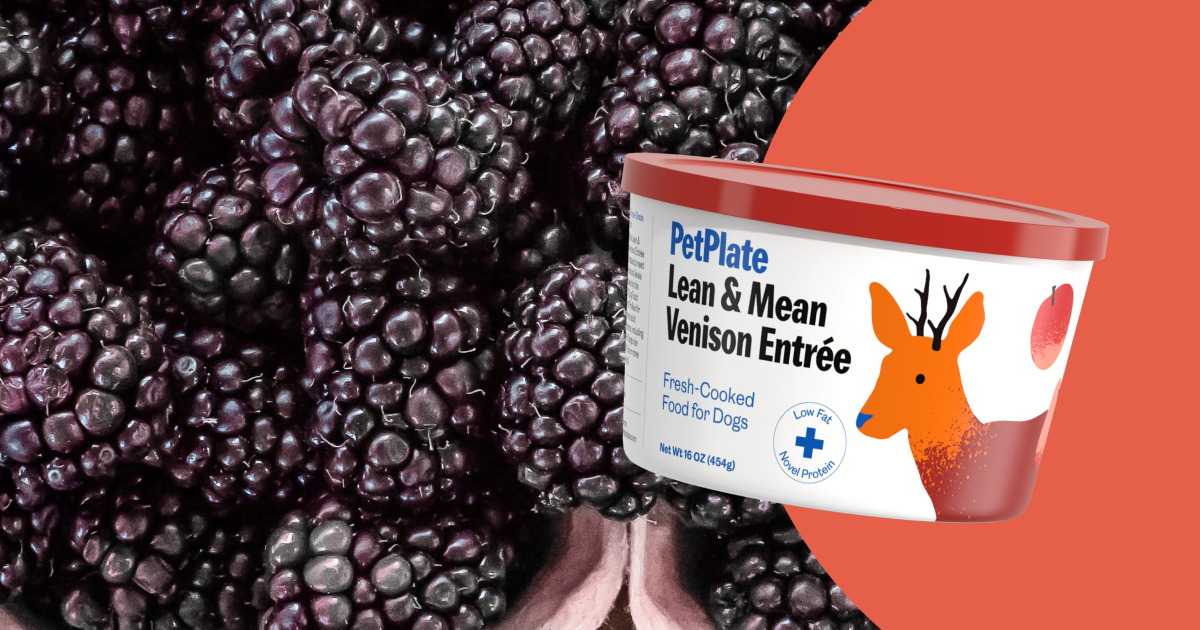
This low-fat entrée features a novel protein that supports pups with food sensitivities, and contains nutritious additions like apples and peppers to help with healthy digestion. Pack it up, pack it in, get your venison!
- Novel Protein for Food Sensitivities
- Great for Low-Fat Diets
- Supports Digestion
- Grain-Inclusive
Upgrade Your Dog to the Best Tasting Dog Food Today
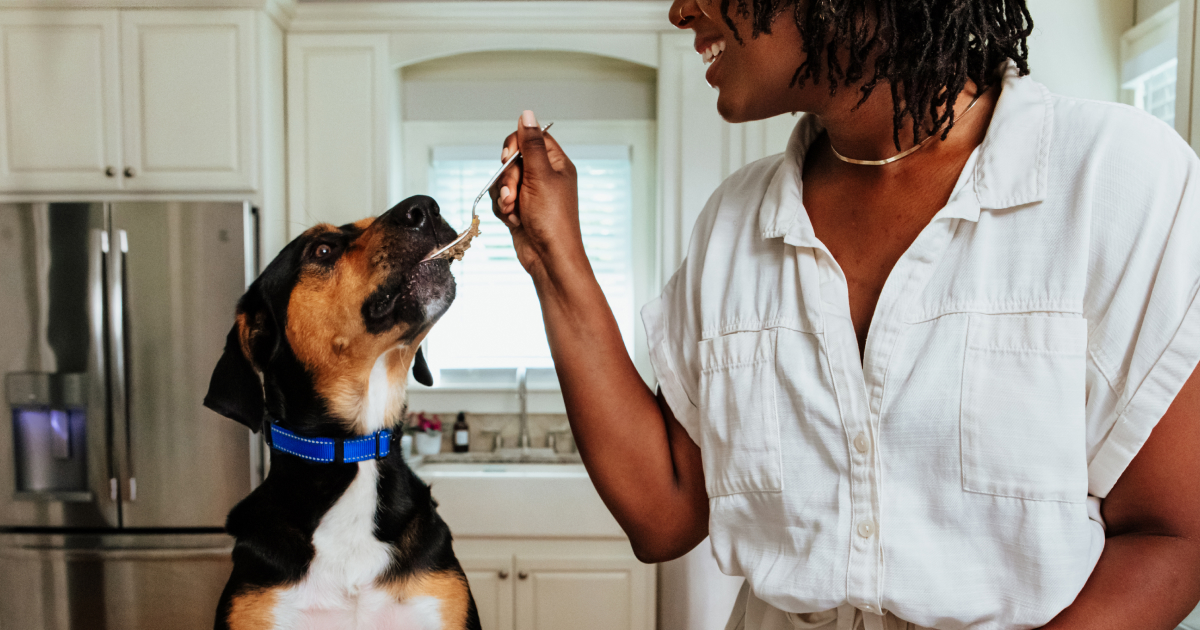
Don’t take our word for it—conduct your own taste tests with your dog. You can order different recipes and present your dog with a flight of flavors to find out which ones they love best. Once you narrow it down—or discover they love them all—tippy-tap inspiring meals couldn’t be easier with customized plans delivered straight to your door.